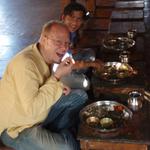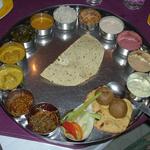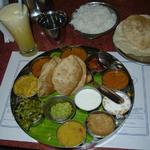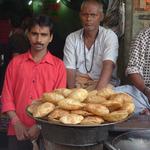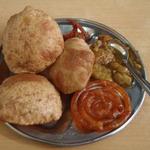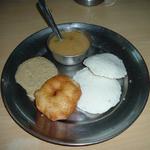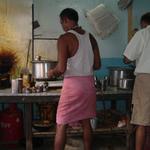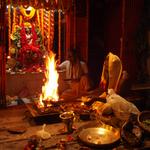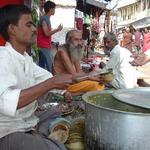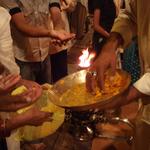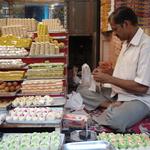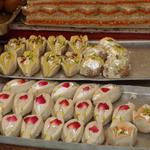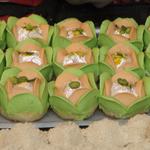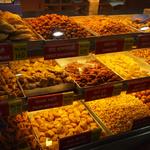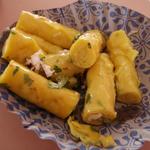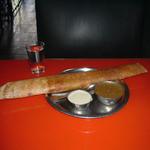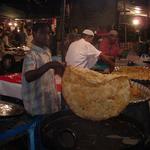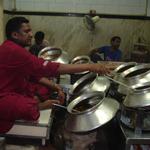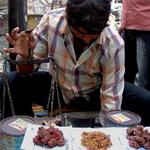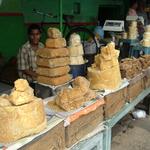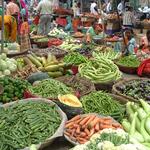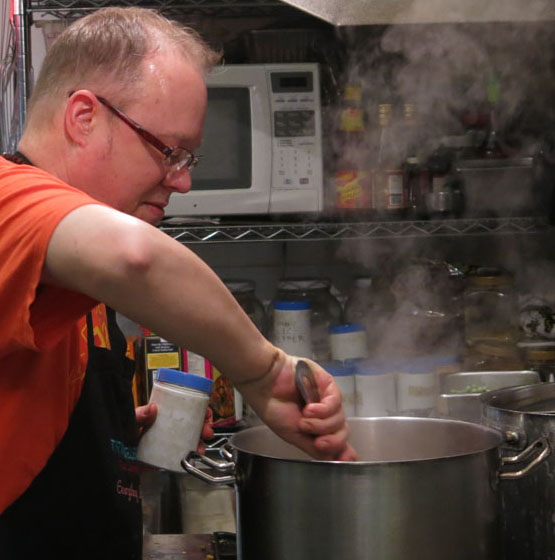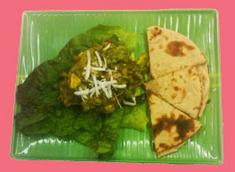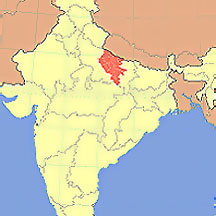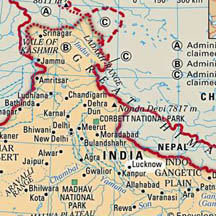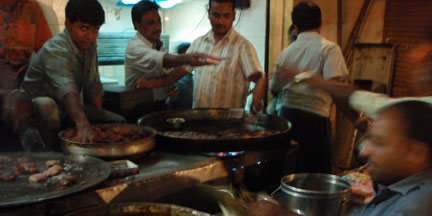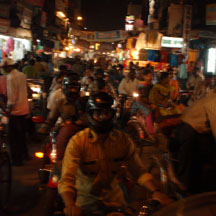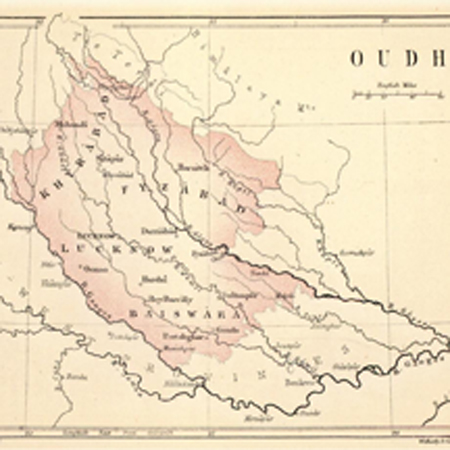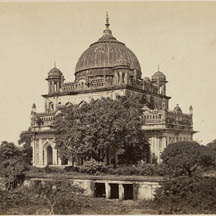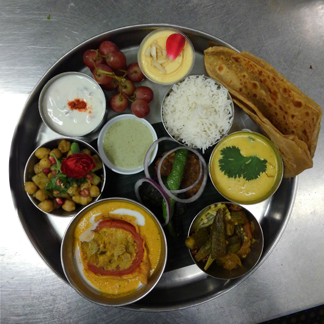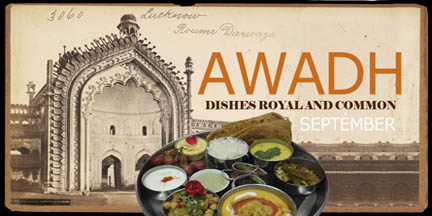TRAVELERS India Inc.
Allen's Food Adventures in India
a gallery of photographs from my travels
I'm the chef at Travelers Thali House, and I love India and Indian food! When I'm there I like to try the specialties of all the different regions. I eat what the locals eat, and sometimes, when I am not too distracted, I take pictures along the way.
Just hover the cursor over the picture for more information, or click to enlarge.
Chef Allen Kornmesser stirs a pot of dal in kitchen at Travelers Thali House.
Photo: Bob Sarver (2013)
Avocados are rare in India. This dish is said to come from the Mopalahs of the Malabar region of southwestern India.
I adapted it from a recipe by Julie Sahni.
It's like a warm guacamole, redolent of coconut oil and curry leaf, that your family and guests will absolutely love.
Here's the recipe so you can make it at home.
AVOCADO MASIAL (Malabar region, southwestern India)
1 large ripe avocado
1 squirt lime juice
2 pinches kosher salt (or a big three-finger pinch)
1 big four-finger pinch of chopped cilantro
2 tablespoons coconut oil
1 pinch black or brown mustard seeds
1 fistful of very thinly sliced onion
8-10 curry leaves
1 tsp. finely minced garlic
1 tsp. Madras curry powder
Lettuce leaf
1 pinch grated fresh coconut
Halve, seed, and scoop out avocado. Chop coarsely with spoonj, douse with lime juice, salt, and cilantro. Stir to mix, set aside.
Heat pan over medium-high heat. When hot, add coconut oil, ‘splutter’ mustard seeds. Add onions, curry leaves, garlic and fry until they just start to brown. Sprinkle curry powder, stir, and fry 1-2 minutes until onions are golden brown. Remove from heat and fold in avocado mix, mashing gently with the back of the spoon (don’t mix or mash too much). Mound masial onto lettuce leaf. Garnish with grated coconut. Serve as an appetizer with warm flatbread or corn chips. Or use as a spread.

